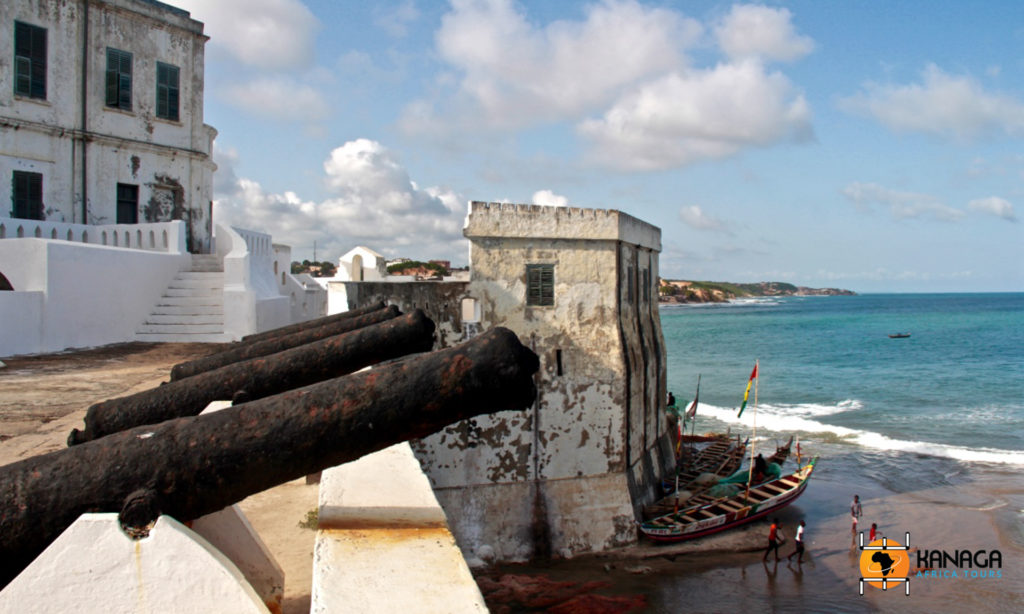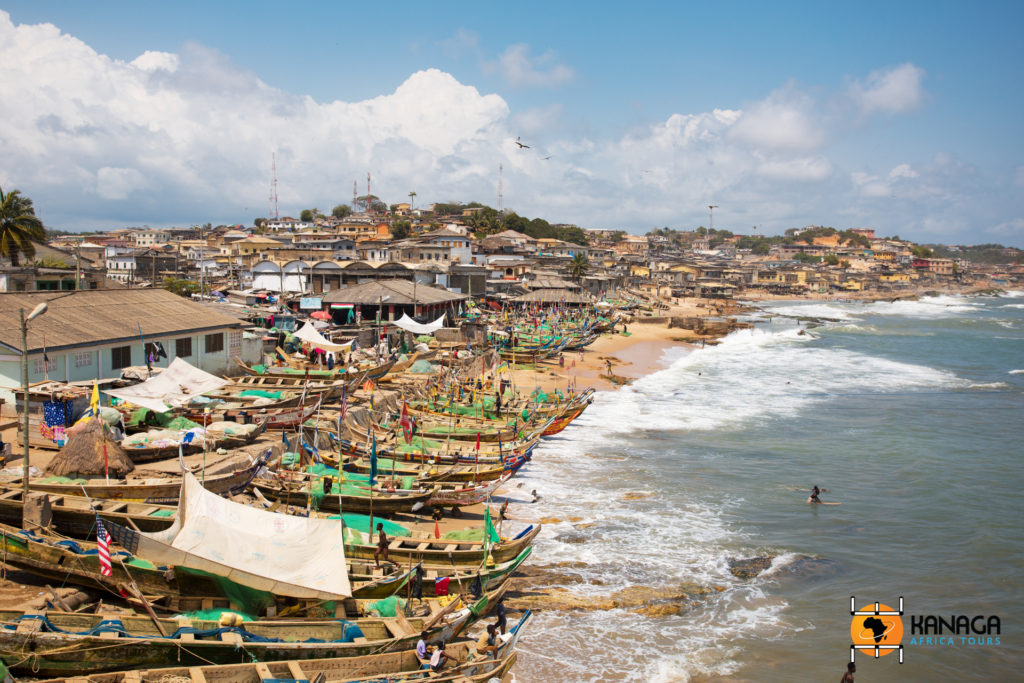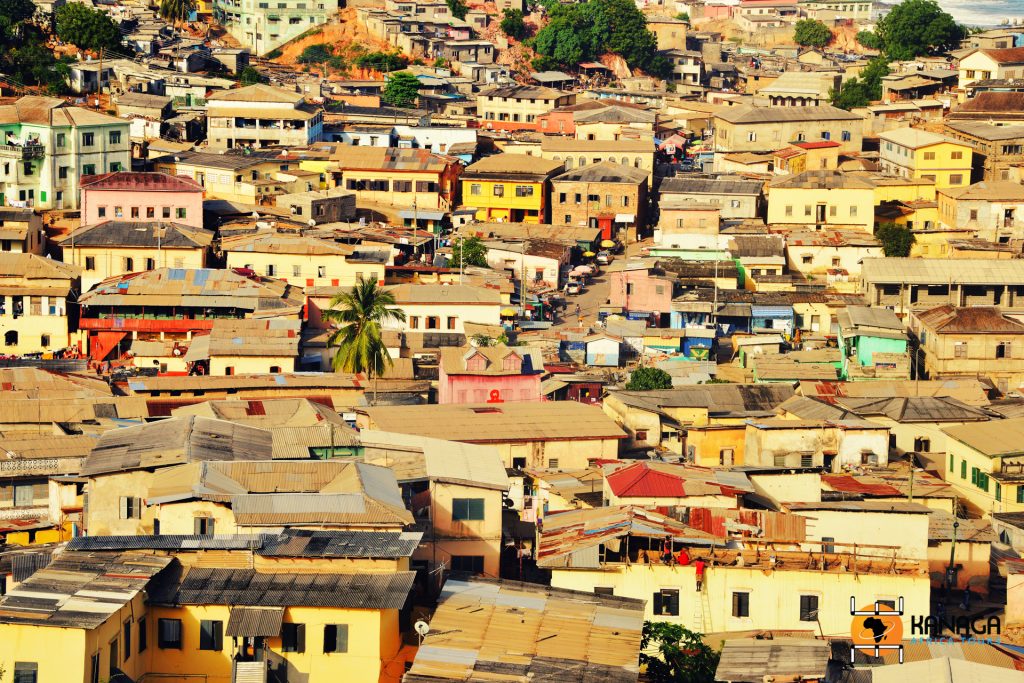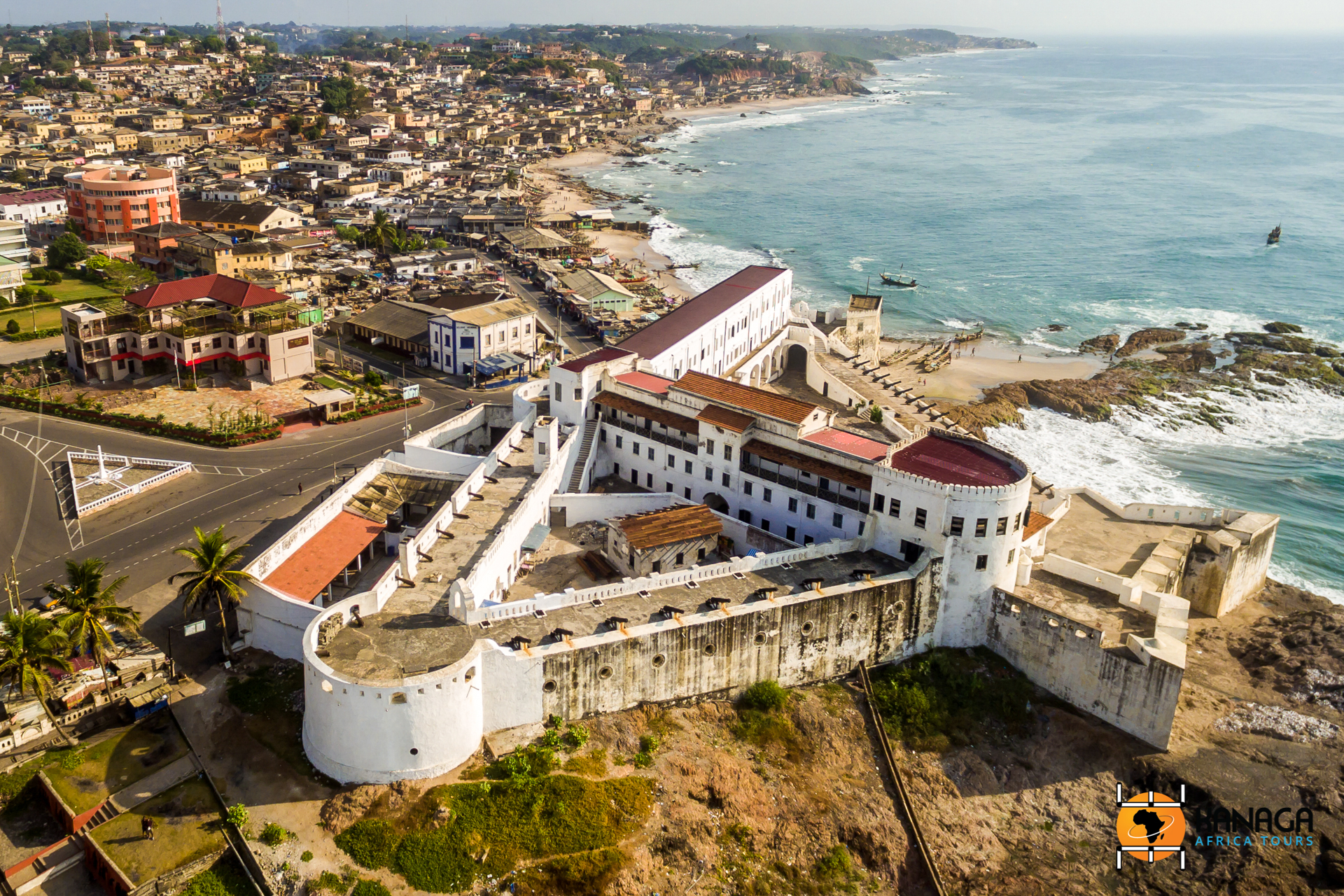If the slave trade began in the Kumasi Region, through the centuries-long expansionism of the Ashanti Kingdom which provided the ‘raw material’, Cape Coast was the final destination before the Atlantic crossing, a sad legacy today of what was once one of the most important centres for the sorting and sale of slaves to European powers.
The 17th-century castle, strategically located on the headland, served as headquarters and storage centre for Swedes, Dutch and Danes, ultimately under the British, who established a definitive monopoly.
Now a UNESCO World Heritage Site, beyond its architectural value as European military engineering, it is a historical testimony to three centuries of European rivalry in Africa over the exploitation of raw materials, and a symbol of inter-European wars and balances and partnerships with local kingdoms to control the slave trade.
This imposing military fortress, whitewashed, can today be visited in all its parts: from the governor’s room overlooking the women’s dungeons, to the isolation prisons for the most rebellious, from the theory of trap doors and underground passages that allowed the slaves to embark directly from the great Gate of No Return, facing directly out to sea, without them ever leaving the underground. Everything at Cape Coast is conceived in a utilitarian sense to the alienation and total control of the slaves and their “manipulation”, without the danger of them having the strength and the possibility to rebel, just like any other defenceless commodity.
Today, these sad historical events do not prevent Cape Coast from being a pleasant fishing town with a relaxed and peaceful atmosphere.







